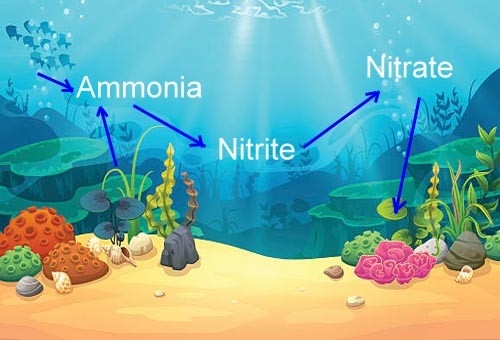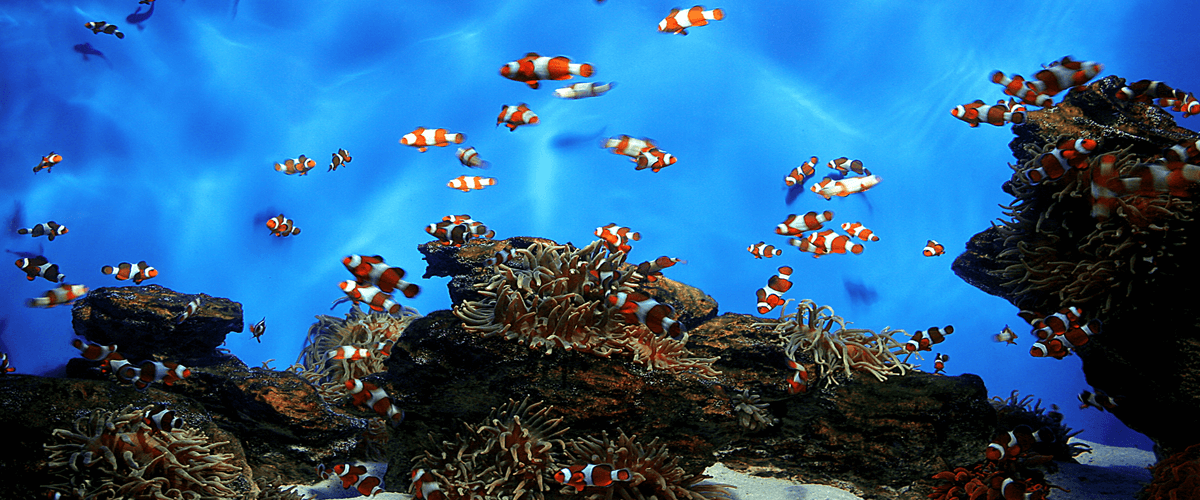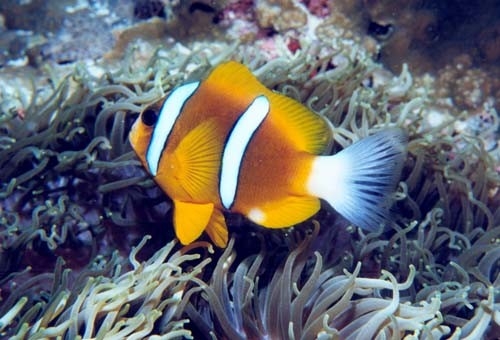The Nitrogen Cycle

Marine life adds waste to your aquarium. This causes ammonia to build up in your tank. The sources of ammonia include, fish waste, over feeding and plant life decaying. Ammonia is harmful to your fish and invertebrates even in small levels. Nature has a solution to the problem which is called the nitrogen cycle. The nitrogen cycle uses a process called biological filtration. Biological filtration happens in all aquariums and involves nitrifying bacteria. We must allow this nitrifying bacteria to build up to sufficient levels in a new aquarium before adding fish or invertebrates. This is called the cycling processes.
Biological filtration requires two types of nitrifying bacteria; this first converts ammonia to nitrite by ammonia oxidizing bacteria. Nitrite is still harmful to fish and invertebrates and also needs to be kept at very low levels. The second type of nitrifying bacteria converts nitrite to nitrate by nitrite oxidizing bacteria.
In marine and reef aquariums nitrate is removed biologically by algae or converted to nitrogen gas by denitrifying bacteria living in the rocks and sand. The nitrogen gas is then expelled at the water’s surface.
With new aquariums this complex cycle has not had sufficient time to build up the nitrifying bacteria to levels so that the harmful ammonia and nitrite can be quickly broken down by the biological filtration. This is why new tank syndrome causes death to fish added too quickly to your aquarium. In a mature marine aquarium this nitrogen cycle is running continuously with sufficient levels of bacteria so ammonia and nitrite levels are kept very low.
In order for your new aquarium to reach the required levels of bacteria it can take anywhere between 3 and 8 weeks. During this cycling stage ammonia and nitrite levels will climb to very dangerous levels that fish will only survive a matter of hours. In order to get this biological filtration started you will need to add a source of ammonia to the aquarium. Additionally you can speed up the processes by adding some nitrifying Bactria along with the ammonia source.


